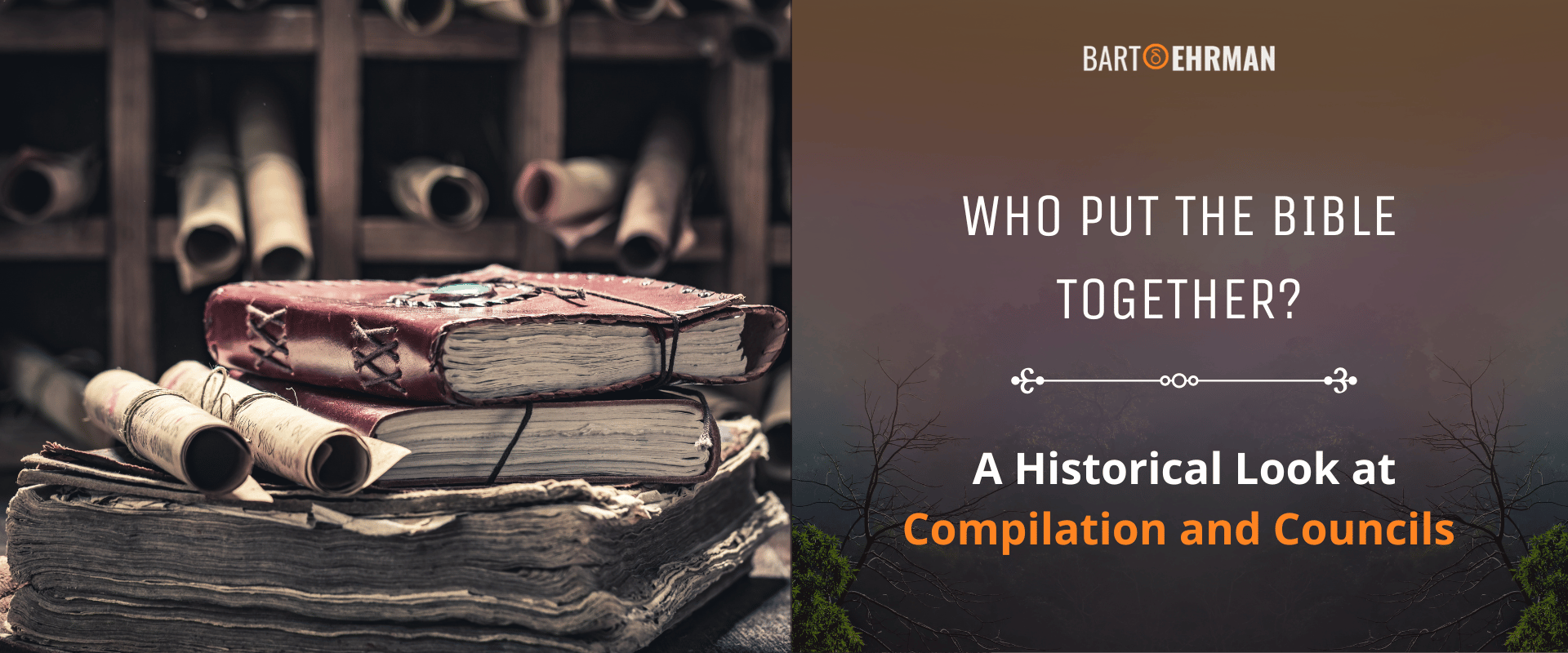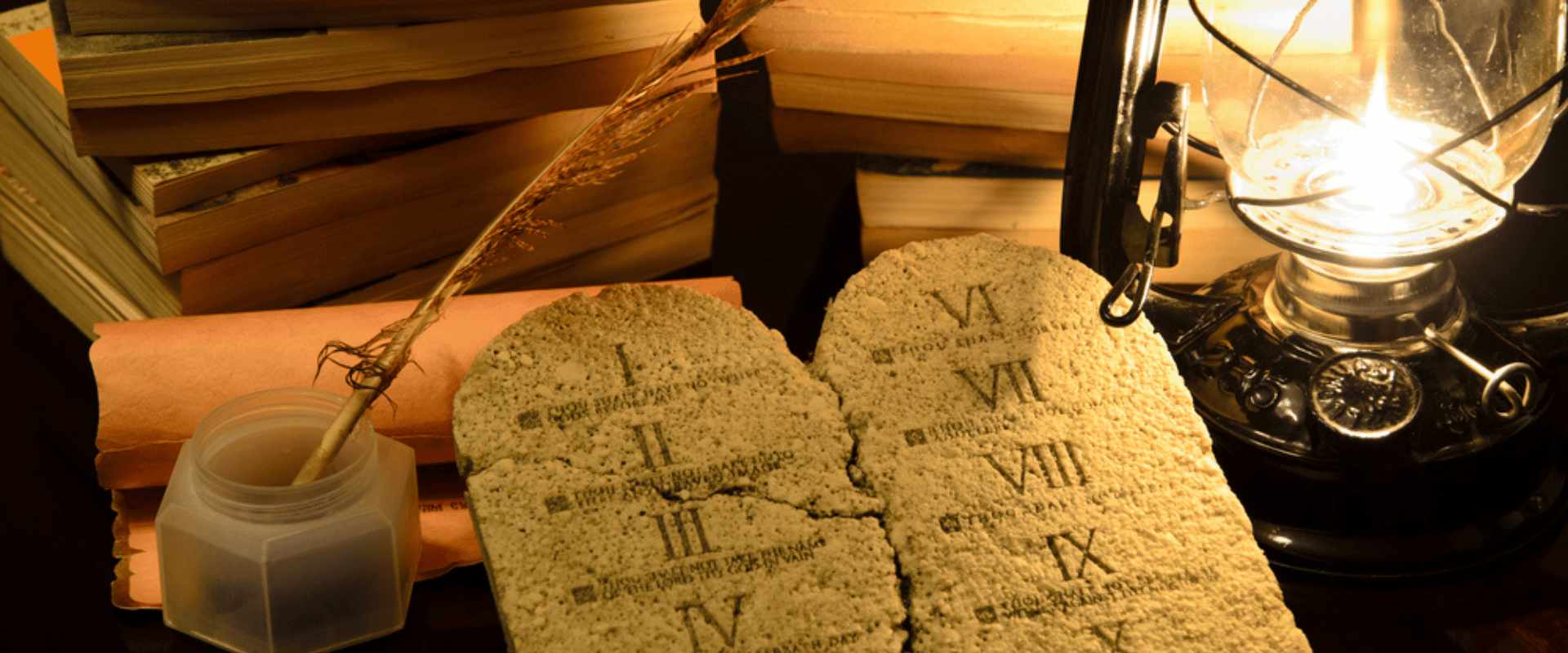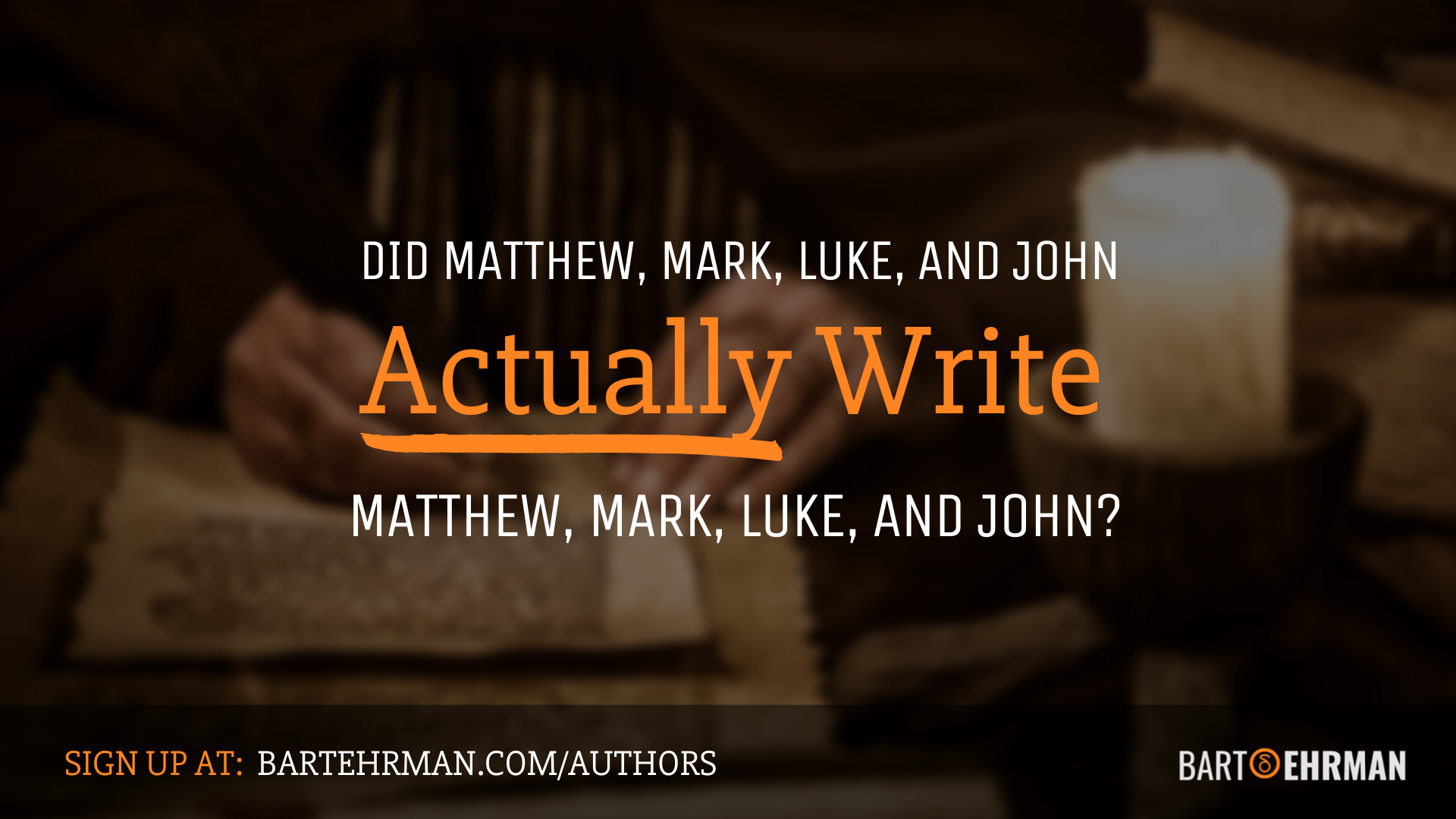Who Put the Bible Together? A Historical Look at Compilation and Councils

Written by Joshua Schachterle, Ph.D
Author | Professor | Scholar
Author | Professor | BE Contributor
Verified! See our editorial guidelines
Verified! See our guidelines
Edited by Laura Robinson, Ph.D.
Date written: September 12th, 2023
Disclaimer: The views and opinions expressed in this article belong to the author and do not necessarily match my own. - Dr. Bart D. Ehrman
What do we know about the people who put the Bible together? When was the Bible canonized? Did the Catholic Church put the Bible together? Furthermore, since it is a compilation of many different texts, who compiled the Bible? The answers are complicated, so let’s look at the historical evidence behind the canonization of the Bible.

Evidence from Church Fathers
Before the biblical canon was defined, Christians were using many of the books that it would include. Our best evidence for this is all the references to certain books made by early Church Fathers. These references tell us what texts Christians considered valid and important even before canonization. Let’s look at some examples.
Hebrew Bible Use (Prior to Canonization)
In terms of the Hebrew Bible, we have lists of which books are authorized by several Church Fathers. For example, Melito of Sardis, a 2nd-century bishop, made his own list which included most of our modern canon but excluded the book of Esther because it didn’t mention God.
Another significant list comes from the massively influential theologian Origen of Alexandria (185-254 CE). Origen includes most books in the modern canon, but adds 2 Esdras, an apocalyptic book that was later excluded.
Augustine of Hippo (354-430 CE), on the other hand, included all the books in the modern canon and added two more. One was the Book of Wisdom, a work attributed to Solomon and written in Greek. The other was the Book of Judith. This is the story of a Jewish widow who charms and then assassinates an enemy general who has captured her city.
New Testament Use (Prior to Canonization)
In terms of the New Testament, we have many canon lists from ancient Church Fathers
Bishop and heresy-fighter Irenaeus of Lyons (130-202 CE) made a list of New Testament books he thought of as Scripture. He includes all four Gospels, making it clear that all four were generally accepted by the mid-2nd century. However, he also includes the Shepherd of Hermas, and the Book of Wisdom, two books that would later be excluded. He mentions Paul but doesn’t list specific letters.
Theologian Clement of Alexandria (150-215 CE) lists other apocryphal books in his canon list. These include the Letter of Barnabas and the Apocalypse of Peter, both of which would be excluded from the canon.
By the 4th century, church historian Eusebius of Caesarea (260-339 CE) has a much larger list than his 2nd and 3rd-century forebears. He includes a list of books that are contested, the first of which is Revelation. He also includes James, Jude, 2 Peter, and 2 and 3 John as books that he doubts should be Scripture. All of these books, Revelation included, would later be part of the canon.
Jerome (342–347 – 420 CE) had the same list of twenty-seven books as Athanasius (more on him below). This matters because Jerome would write the final Latin translation of the Bible, known as the Vulgate.
Jerome’s contemporary, Augustine of Hippo (354-430 CE), had the same list as Jerome. His list would greatly influence later church councils ratifying the canon.
All of this evidence shows the path the Bible took toward canonization in the 4th century. I should also mention that these canon lists often differ not only in content but in the order of books.
Athanasius and the New Testament
Our earliest source for the current New Testament canon is a letter Athanasius of Alexandria wrote in 367 CE. Athanasius was the bishop of Alexandria, Egypt and a zealous heresy fighter. He attended the Council of Nicaea in 325 CE and was staunchly in favor of the orthodoxy it defined.
Athanasius wrote a yearly letter to Christians in his diocese defining correct doctrine and other points of orthodoxy. In the letter from 367 CE, however, Athanasius took a stand on which books of the Bible were officially canon. His list of Old Testament books differed from our current list. However, he included all twenty-seven of the books that currently make up our New Testament canon.
However, it’s also interesting to see which books he excluded from the New Testament. Two of those books were included on canon lists by many other authors. As Robert Heaton writes, one of them, The Shepherd of Hermas, was massively popular with early Christians. Nevertheless, while Athanasius said Christians were allowed to read this book, he stated clearly that it was not Scripture.
David Brakke writes that Athanasius wanted a closed, authoritative canon in order to exclude certain types of Christianity. At the time, there were groups more philosophically-inclined Christians who made use of more esoteric books. In Athanasius’ opinion, the twenty-seven books he chose to include accorded with the orthodoxy of the Council of Nicaea.
Church Councils and the Canonization of the Bible
Which council decided the books of the Bible?
Church councils have played a huge role in defining the theological positions of the Church over the centuries. Starting with the Council of Nicaea in 325 CE, the Church would convene many more councils over the years. These would address various heresies and define orthodoxy in different periods of history. It might surprise you, then, to know that Church councils played a very small role in the canonization of the Bible.
Bruce Metzger notes that when the councils did address the biblical canon, they simply confirmed what the church was generally already using. For example, at the Council of Laodicea in 363 CE, the church approved a twenty-six book New Testament, excluding Revelation. This was already the general consensus of churches at that time.
The next councils to speak of the canon were the Councils of Hippo (393 CE) and Carthage (397 CE). They approved what would become the Catholic canon under the massive influence of Augustine (354-430 CE). In a book called On Christian Doctrine, Augustine wrote that “the canon of the sacred writings [is] properly closed.” That is, no new books could be added.
Contested Books
There were books in both the Hebrew Bible and the New Testament that were hotly debated and almost didn’t make the cut. Let’s start with the Hebrew Bible.
Proverbs
The book of Proverbs was never contested by ancient Christians, who refer to it often. However, in the Talmud, the principal text of rabbinic Judaism, there are doubts about whether it should be included as canon. The first reason is that it contains a colorful description of a woman seducing a man. Some rabbis found this unsavory and thus unfit for Scripture. Others disliked the confusing contradiction in Proverbs 26:4-5:
Do not answer fools according to their folly,
lest you be a fool yourself.
Answer fools according to their folly,
lest they be wise in their own eyes.
These objections were eventually overcome and the book was included.

The Song of Songs
The Song of Songs is an erotically charged book. As such, Philip Davis remarks that there were many rabbinic and Christian objections to it. Eventually, however, both Jews and Christians came to read the book figuratively and thus its inclusion was assured.
Revelation
In the New Testament, not everyone in early Christianity wanted to include the book of Revelation. Eusebius, as mentioned above, was entirely unsure about it. Many who wanted to include it believed it was written by John the Apostle. Others, however, noted how entirely different it was from the Greek of the Gospel of John. They thought that it was therefore inauthentic. Eventually, though, Revelation won the day.
Epistle of James
Dale Allison notes that “James reflects an environment in which some Jews, unhappy with Jewish Christians, were beginning to use the Birkat ha-minim or something very much like it” to curse Christians. For this reason, and because James seemed to argue against Paul’s theology, some Christians rejected this book. Nevertheless, it was ultimately included.
Conclusion
The journey of the Bible's compilation is a complex tapestry woven over centuries. From early references by Church Fathers to council deliberations, it's evident that the canonization process was neither immediate nor universally agreed upon. Despite variances in early canon lists and debates over particular books, a consensus eventually formed around the texts we recognize today. This exploration underscores the dynamic relationship between faith, culture, and history in shaping what many regard as the foundational document of Christianity.
FREE COURSE!
WHY I AM NOT A CHRISTIAN
Raw, honest, and enlightening. Bart's story of why he deconverted from the Christian faith.
Over 6,000 enrolled!

